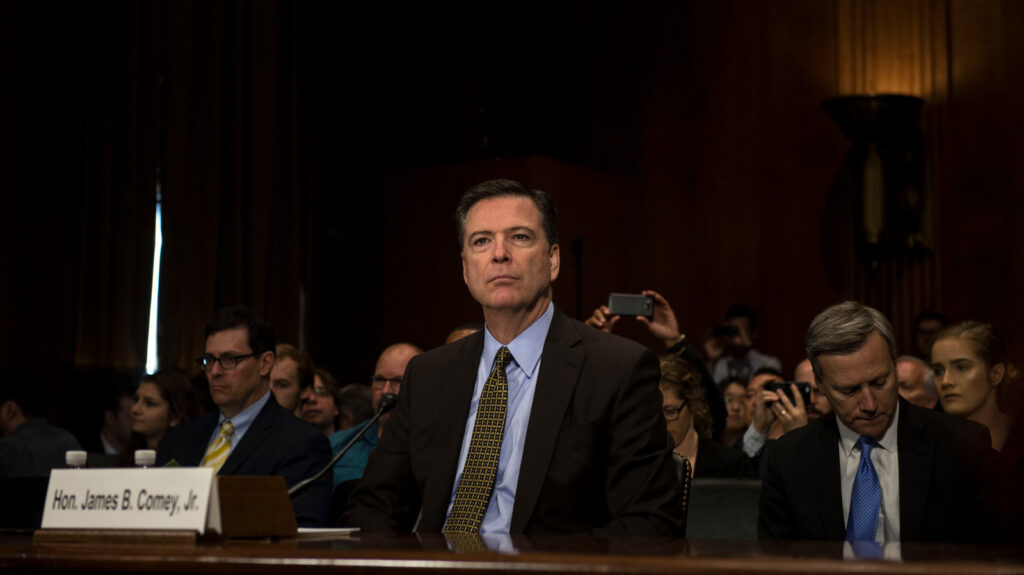
After starting the 2025 NFL season with a 1-5 record, head coach Brian Callahan was fired by the Tennessee Titans, becoming the first coach fired in the middle of the season this year. The Titans’ continuous offensive difficulties and their inability to make headway with both rookie and veteran quarterbacks—most notably, first overall pick Cam Ward—led to the decision.
After his success as the offensive coordinator for the Bengals, Brian Callahan was hired in January 2024 with the hope of modernizing the Titans’ offense and nurturing young talent. But under his direction, the team only managed a 4-19 record in two seasons, and in 2025, they finished last in the NFL for total offense (only 232.3 yards per game). The results were disappointing despite rookie Cam Ward’s performance: he only threw three touchdown passes in six games and the team as a whole struggled.
Although Callahan had been a model representative for the team, team president Chad Brinker stressed that the team had “not shown adequate progress” and that the community and Titans fans deserved “a team that meets a standard we are currently not achieving.” The dismissal came after a discouraging 20-10 loss to the Las Vegas Raiders, which ended a ten-game losing streak that began the previous season.
Matt Nagy, the offensive coordinator for the Kansas City Chiefs and a former head coach of the Bears, and Kliff Kingsbury, the offensive coordinator for the Washington Commanders, have swiftly become the front-runners to succeed Callahan. After years of poor play and another slow start, the Titans are in dire need of improvement in two areas: quarterback development and dynamic offenses. Both coaches bring experience in these areas.
This move signals a new beginning for the Titans in its effort to not only unlock Cam Ward’s potential but make a push for the playoffs. Attention turns now to Kingsbury, Nagy, and other offensive-minded coaches who could turn around the team’s fortunes and live up to the expectations of the fans and ownership. The urgency and hope of the Titans to turn the page on a disappointing chapter and get on the path to building something successful is evident. The Tennessee Titans fired head coach Brian Callahan after getting off to a disappointing 1-5 start to the 2025 season which capped off his tenure at 4-19, as the team had not shown signs of improvement, particularly on offense, as he brought the franchise to new lows. Callahan was supposed to come in and modernize the offense and help develop young quarterbacks, including rookie Cam Ward. Instead, Callahan’s Titans, not surprisingly, were dead last in total offense and couldn’t seem to create enough points at any time on the field. You can only lose so many games before it’s expected that you need to move on.
Team president Chad Brinker revealed the decision, pointing to Callahan’s character and commitment, but said the fans and community need a higher standard of play. The Titans were 3-14 last year under Callahan, and failed to progress this year under new management, culminating in a midseason firing after the Titans were blown out by the Raiders.
The Titans are currently in search of a new head coach and appear to be zeroing in on Kliff Kingsbury (Washington Commanders OC) and Matt Nagy (Kansas City Chiefs OC and former Bears HC), both of whom have nicknames and reputations for being offensive knowledgeable and vulgar offensive football personalities and developing quarterbacks—and, quite frankly, that is what the Titans are hoping to tap into to help release the potential of their own top draft pick, Cam Ward, and support the teams comeback. This demonstrates that this team is eager to bounce back and earn respect as being competitive in the NFL. After starting the 2025 NFL season at a disappointing 1-5 and a 4-19 record over two seasons, the Tennessee Titans decided to fire head coach Brian Callahan. The Titans had little offensive production, their top pick quarterback was hardly developed, and there was just no noticeable improvement, and this led to the midseason firing of their second head coach in two years. Team leadership concedes that coach Callahan was well-respected for his character and seriousness toward his work but wrote in a statement, “Our players, fans and community deserve a football team that achieves a standard we are not currently achieving.”
Top contenders to succeed Callahan in the coaching role are Matt Nagy (Chiefs OC, former Bears HC) and Kliff Kingsbury (Commanders OC). Both are known for their offensive minds and quarterback development abilities, which the Titans are in dire need of as they try to turn their franchise around. As the Titans search for leadership to break their losing streak and unleash the potential of their roster, the move reflects a sense of urgency and hope for a new direction.








